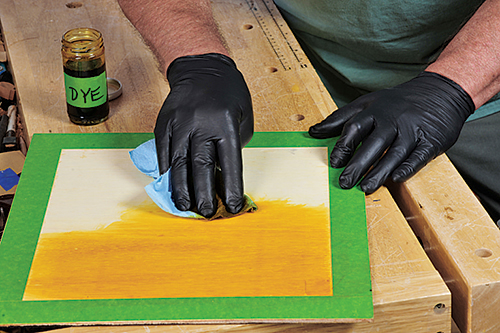
A woodworker is using shellac on the top of a dresser (made from 5 pieces of glued-up pine), and the shellac seems to be raising the grain on a couple of the pieces. What’s he doing wrong or how can he correct this problem?
Michael Dresdner: He’s not doing anything wrong. Shellac, or more accurately, the alcohol in shellac does raise the grain of wood, and there is nothing wrong with that. Once the first coat is dry, sand very lightly with 320 or 400 grit sandpaper to smooth the surface before the next coat. But do not cut through the shellac. If you sand back into the raw wood, it will simply raise the grain again in the areas that are no longer sealed. Removing the raised grain or fur is a lot like shaving. You want to take off only the little hairs that stick up; then STOP.
Ian Kirby: I’m not sure what he means by ‘raising the grain.’ He could mean that the shredded surface tissue from the sanding has swelled. Our formal term for these raised areas is ‘nibs’ and the act of removing them with sandpaper is called ‘denibbing.’
But there may be a different issue at play here because he refers to only a couple of pieces of the glued together board. On softwood there is a very different absorption rate between the hard and soft tissue, and that can translate into an uneven surface. If that’s the problem, he should plane the area flat again and rag on some heavy cut (thick) shellac. He will never be able to accomplish a good finish by flooding the surface with a brush.





